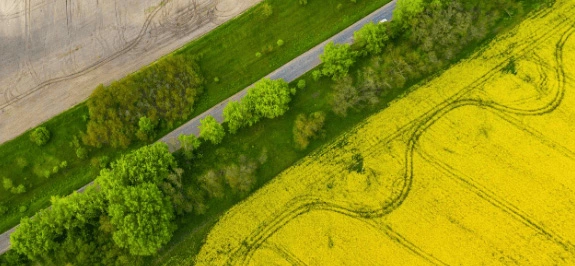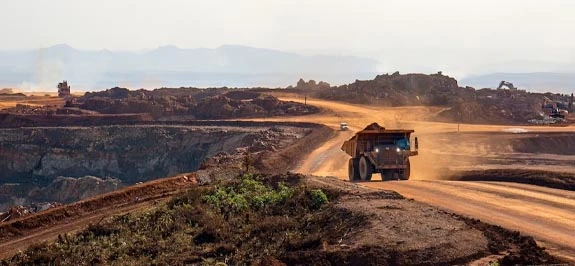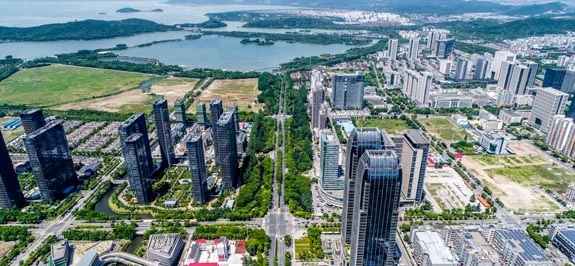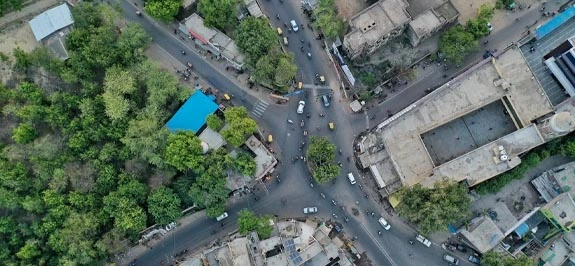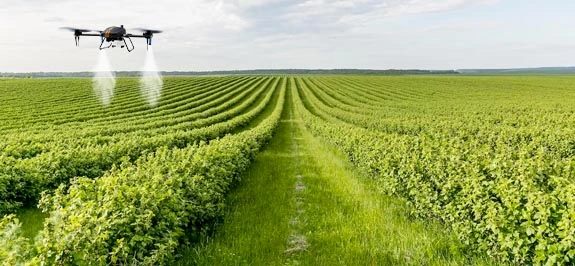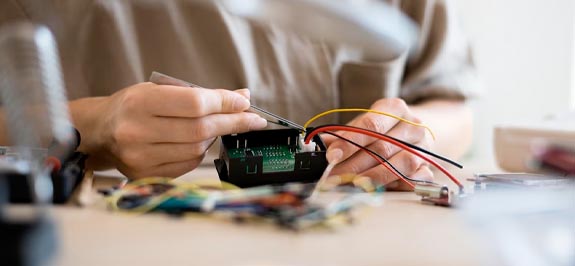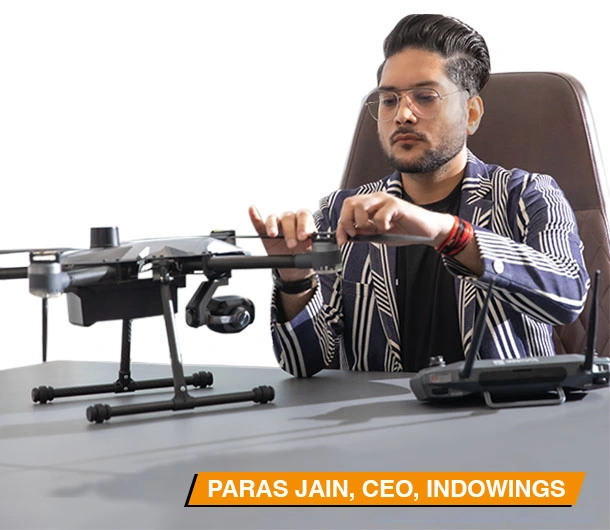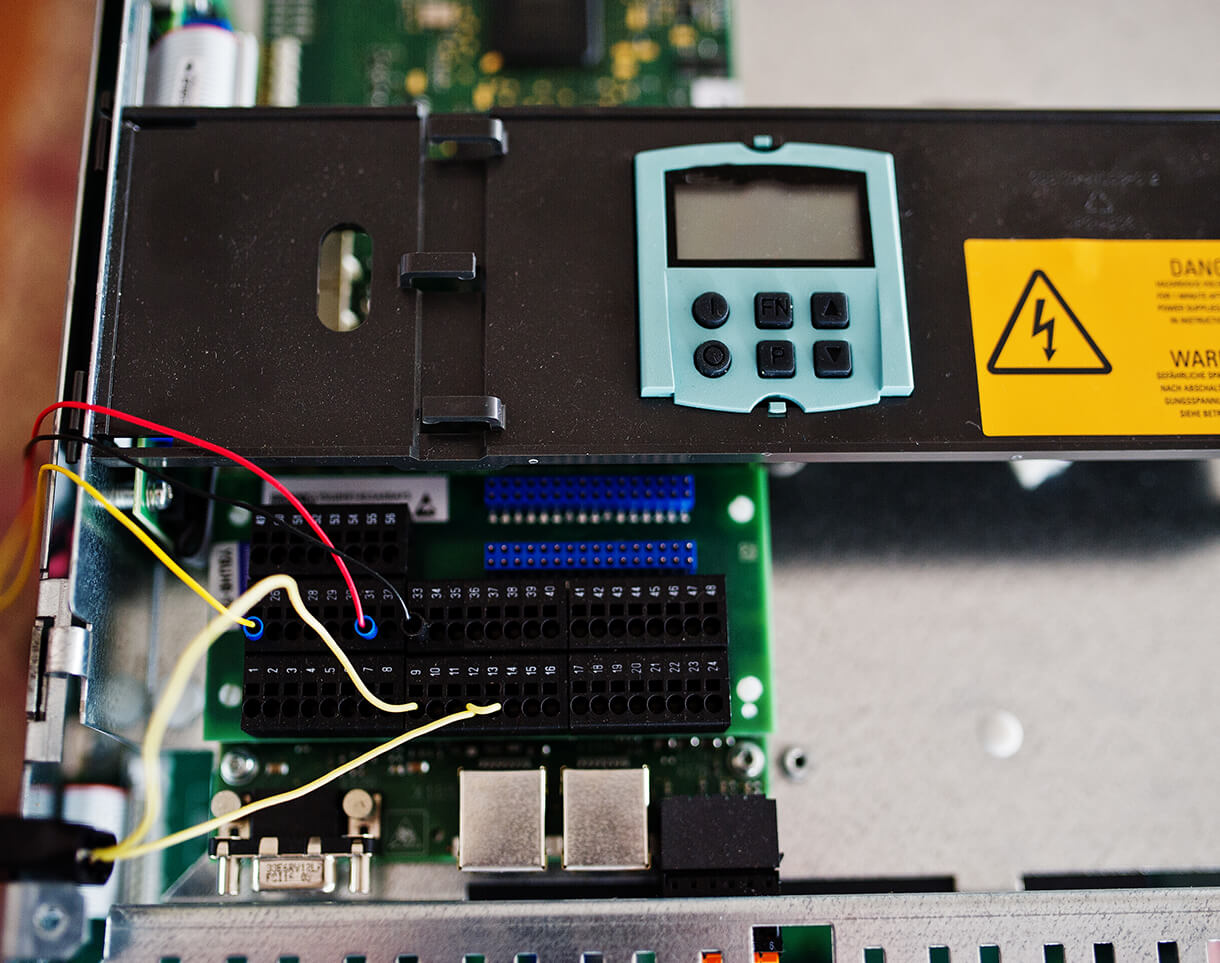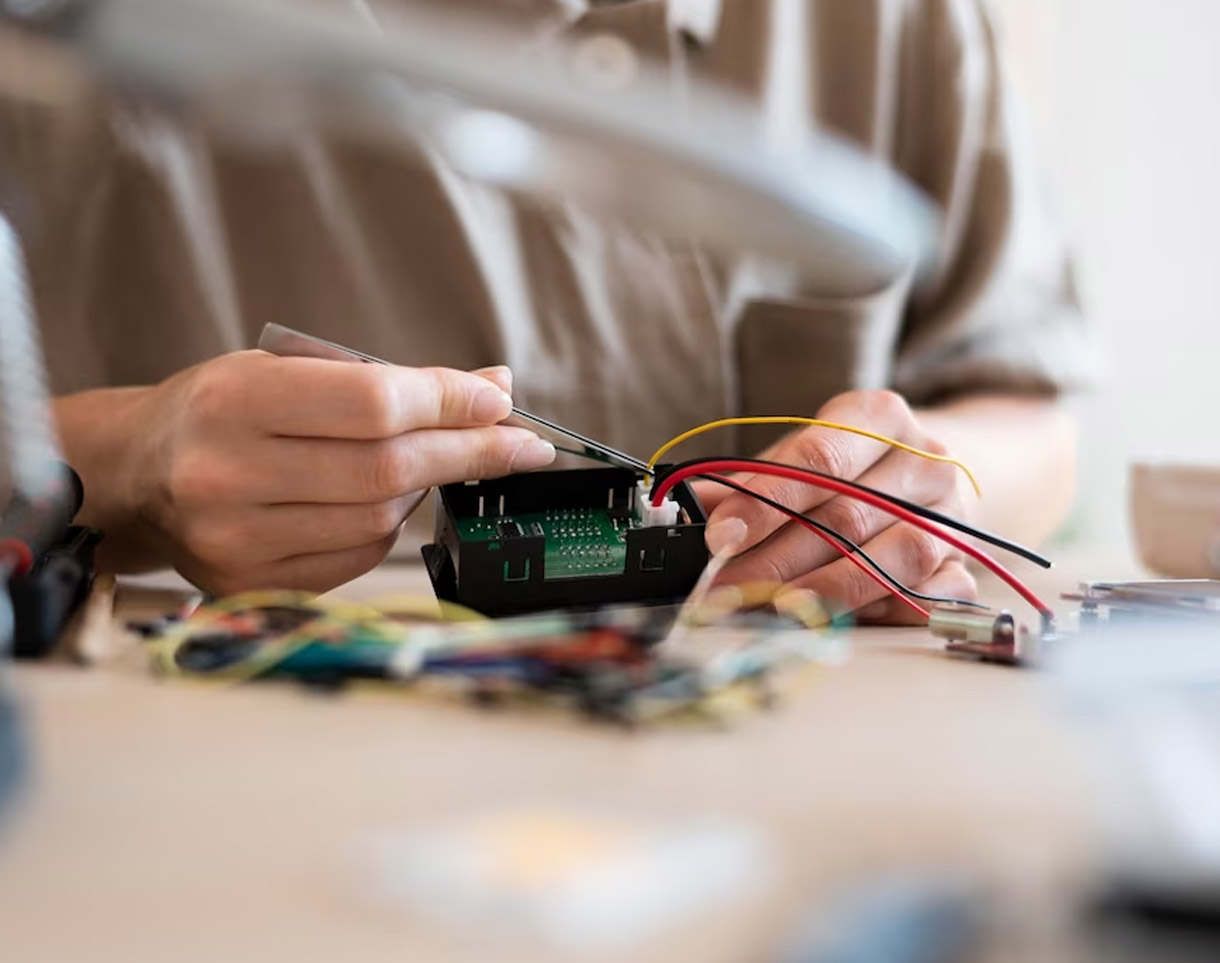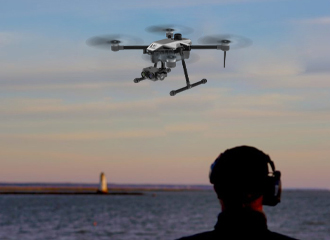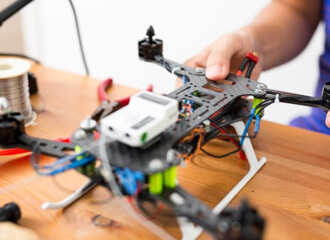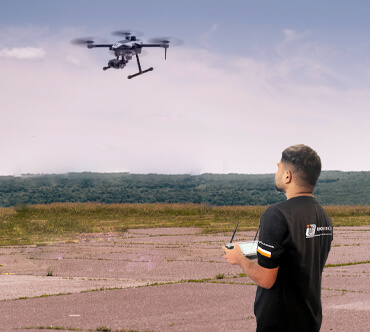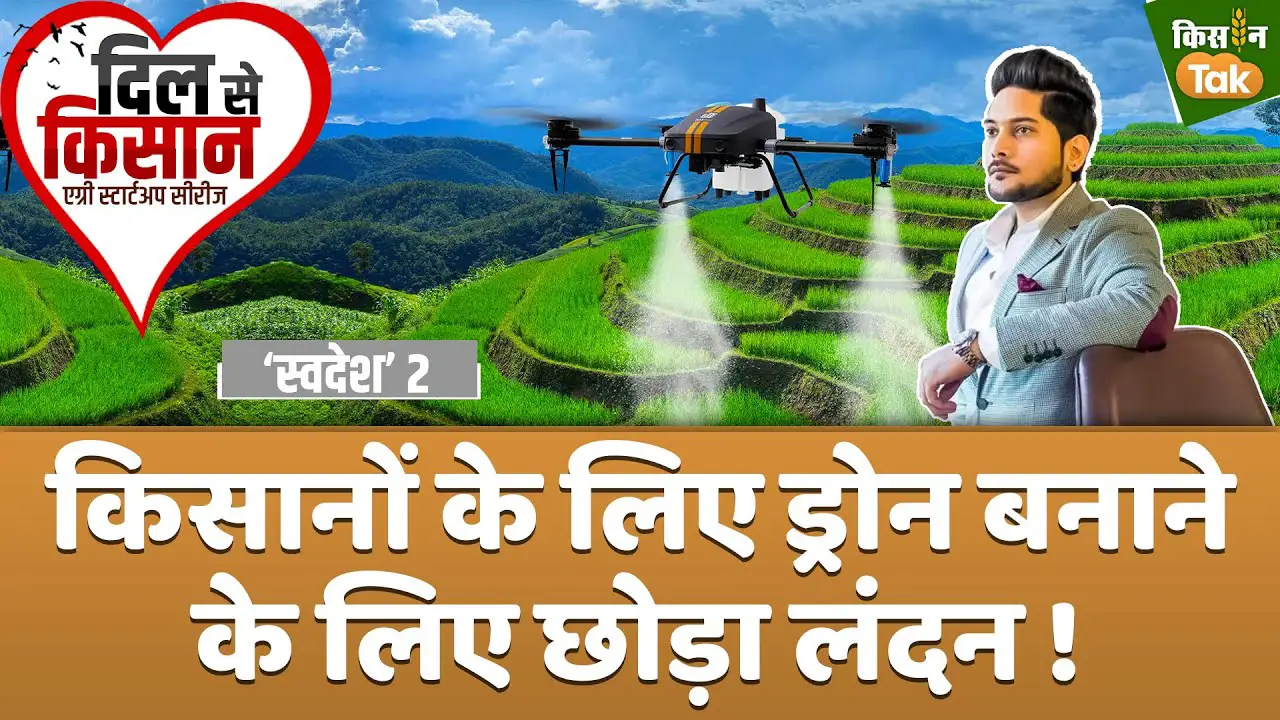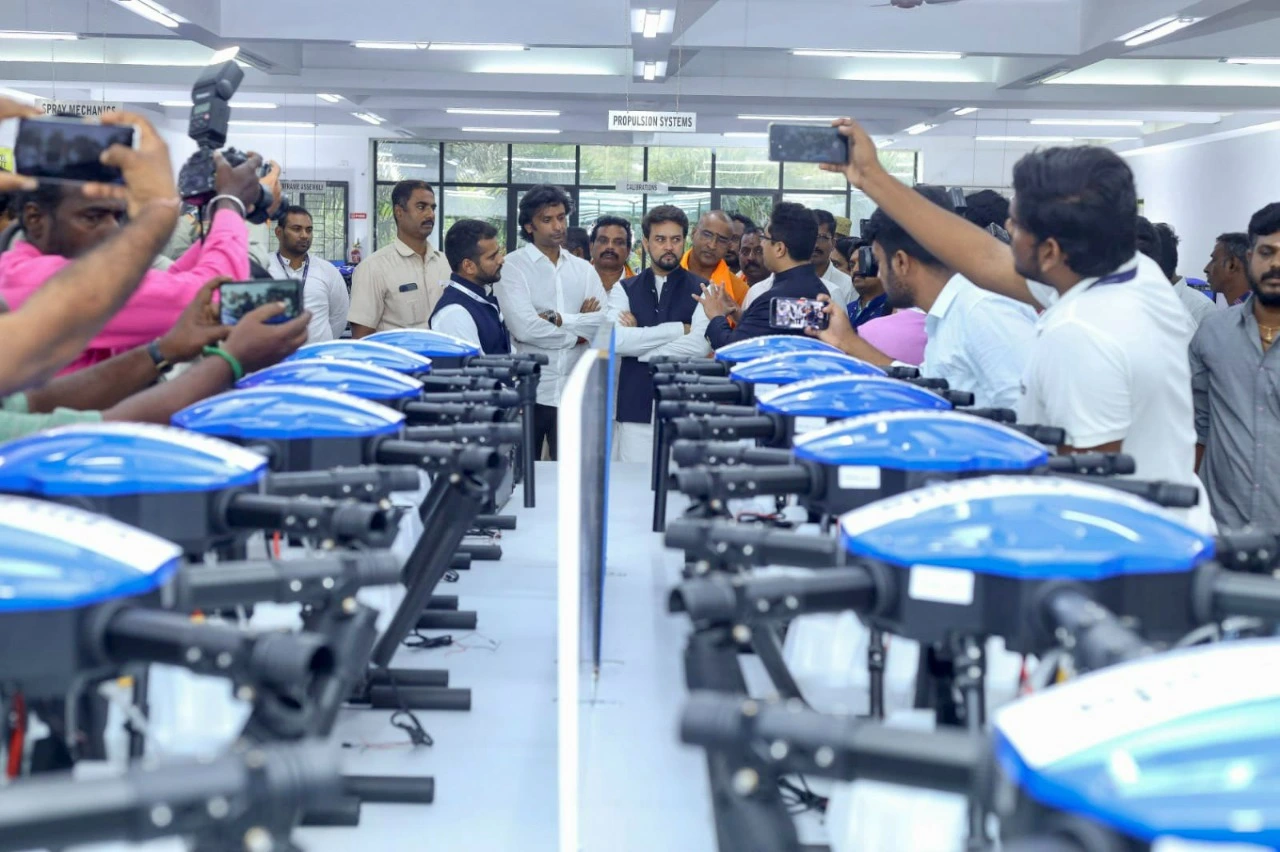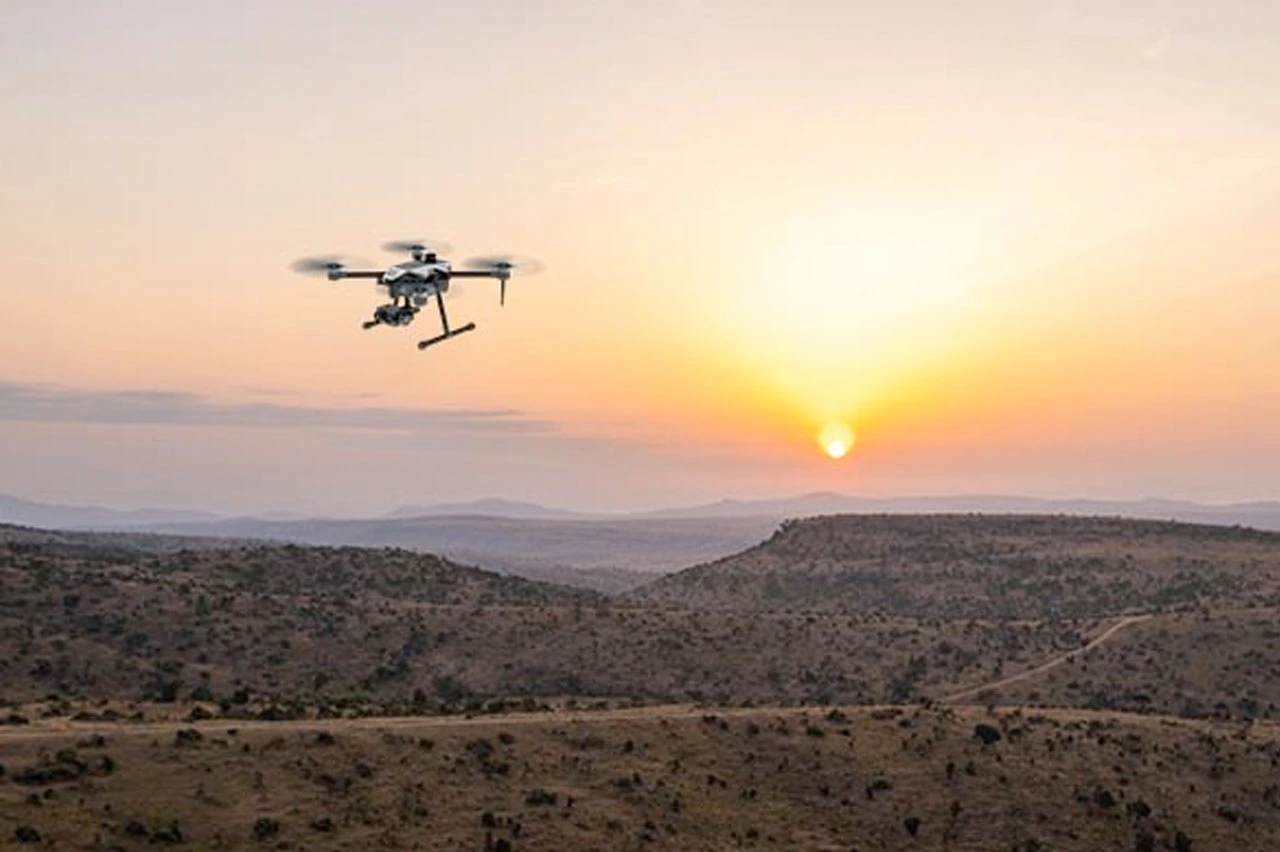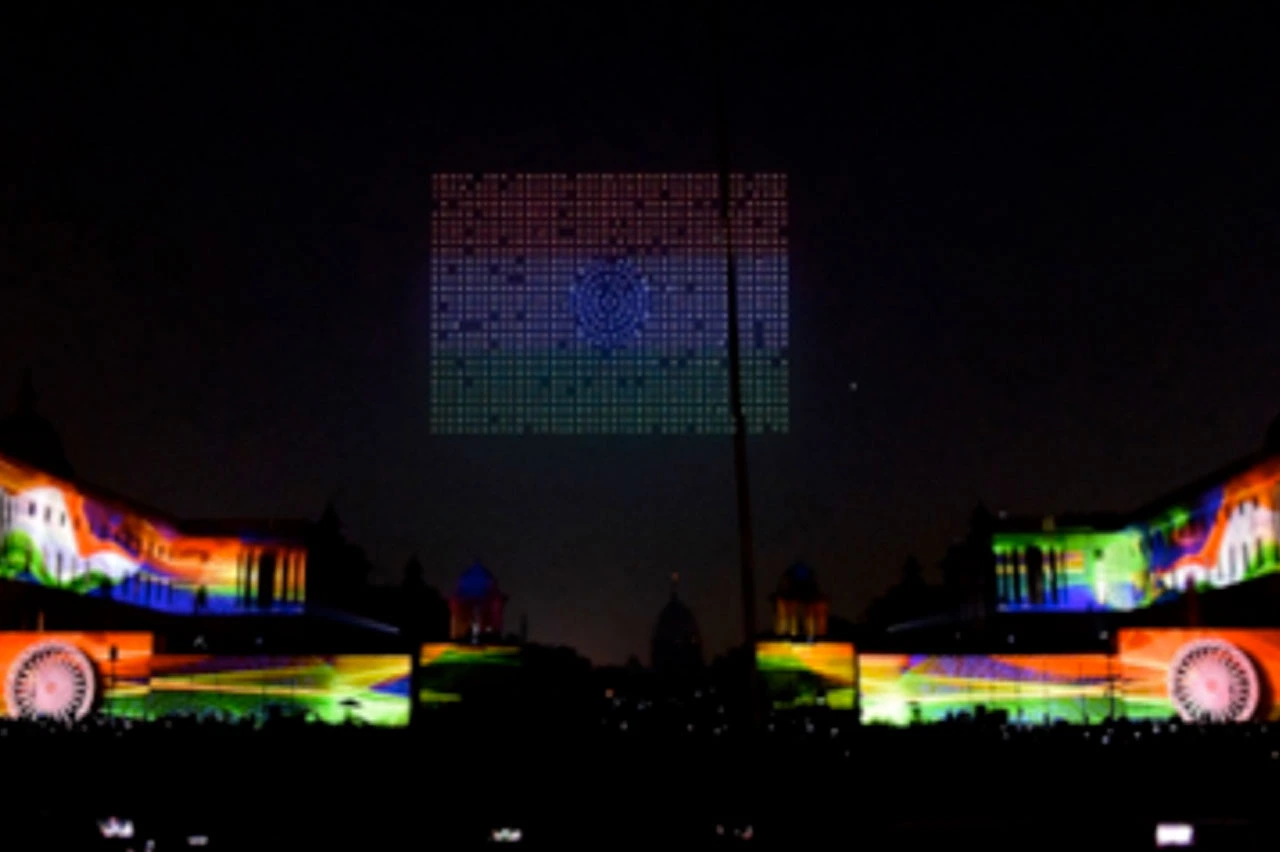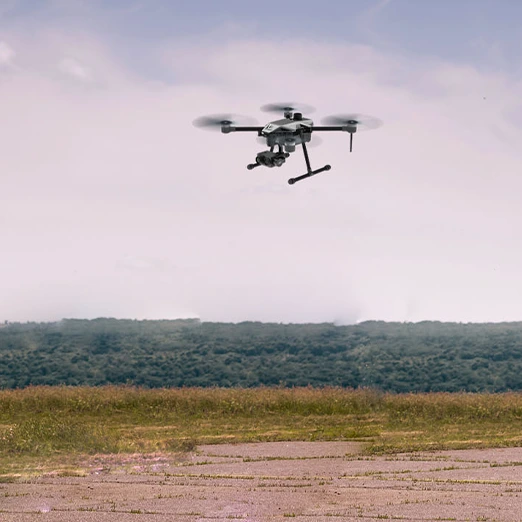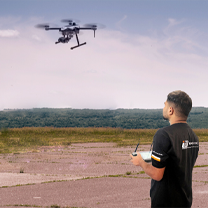Stakeholders & Their Laws [Basic] Drone Rules 2021:
This section delves into the regulatory landscape surrounding drones, covering international
rules, civil aviation requirements, and classifications. It also discusses the process of certifying drone
types, registration procedures, operational guidelines, safety recommendations, licensing for remote
pilots, and the importance of drone insurance.
Basic Principles of Flight:
This topic explores the foundational elements of aviation, including the fundamentals of flight,
aerodynamics, take-off, landing, and maneuvering. It provides a fundamental understanding of how
drones operate in the air, emphasizing key principles for safe and efficient flight.
ATC Procedures & Radio Telephony (non FRTOL):
Here, you'll gain insights into air traffic control (ATC) operations, airspace structure, and the
importance of knowing no-fly zones. The section covers radio telephony techniques, communication
with ATC for position and altitude reporting, flight planning procedures, altimeter settings, collision
avoidance, and essential radio telephony skills.
Fixed-wing Operations and Aerodynamics:
This segment focuses on fixed-wing drones, discussing their types, components, operational
maneuvers, flight performance, and the basics of mission planning. It also explores instrument flying,
navigation via Ground Control Stations (GCS), applications of fixed-wing UAVs, and their advantages
and disadvantages.
Rotorcraft Operations and Aerodynamics:
This section introduces rotorcraft drones, providing insights into their terminology, parts,
materials, and sizing. It explores drone anatomy, avionics, command and control links, mission
planning, instrument flying, multirotor applications, flight performance, and the pros and cons of
rotorcraft drones.
Hybrid Operations and Aerodynamics:
The topic covers hybrid drone operations and aerodynamics principles, including types and
components of hybrid drones. It introduces mission planning, instrument flying, navigation via Ground
Control Stations (GCS), and applications specific to hybrid UAVs.
